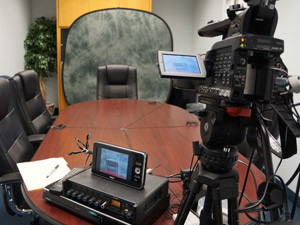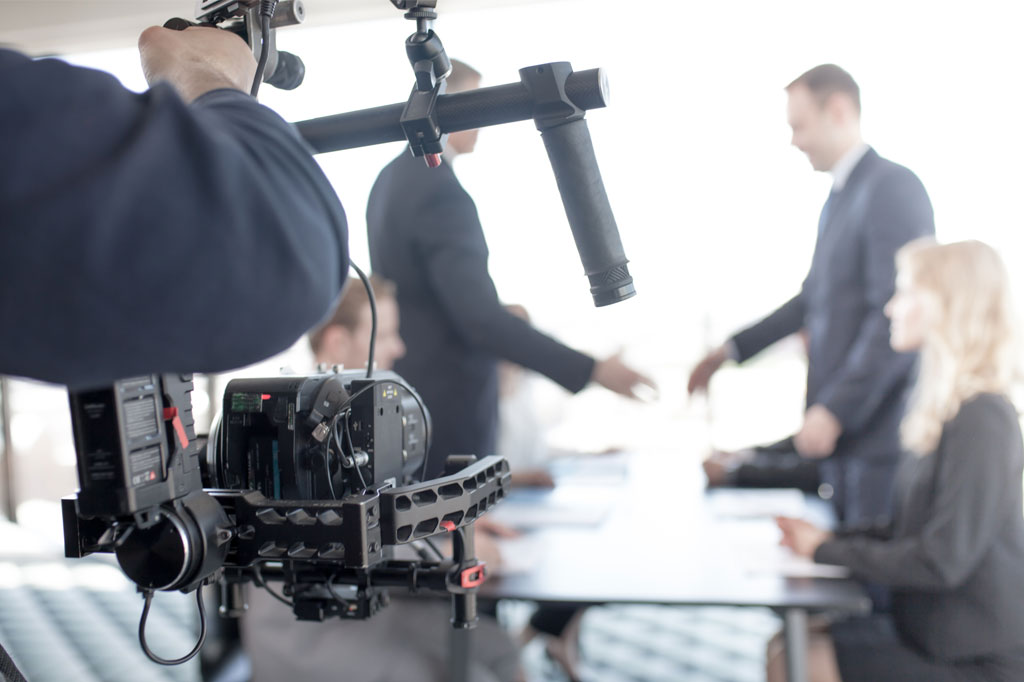Advanced Legal Videography Options for Legal Professionals.
Advanced Legal Videography Options for Legal Professionals.
Blog Article
Why Legal Videography Is Important for Accurate Legal Record-Keeping
In the realm of lawful process, the precision of record-keeping is critical, and lawful videography arises as an important tool in this context. As we check out the diverse benefits of legal videography, one need to consider its implications for the future of judicial integrity and openness.
Relevance of Visual Proof
Developing the significance of visual evidence in lawful process is extremely important for making certain exact record-keeping and improving the general stability of the judicial process. Visual evidence acts as a vital tool in documenting occasions, problems, and various other significant information that might be vital to an instance. Unlike created accounts, which are at risk to analysis and prejudice, aesthetic recordings supply a purpose, unalterable depiction of truths as they happened.


This form of proof can catch a selection of elements, including witness actions, environmental context, and physical proof, all of which may affect judicial outcomes. By providing a clear and comprehensive visual story, legal videography gets rid of obscurity and helps to preserve the credibility of the evidence.
In addition, aesthetic proof can be instrumental in decreasing disagreements over factual discrepancies, as it enables a straight comparison against testament and other documented documents. In a period where electronic technology is progressively widespread, the capacity to present visual evidence successfully can significantly enhance the general high quality of lawful process. Ultimately, the incorporation of visual evidence not only boosts the documents procedure yet additionally reinforces public count on in the judicial system by promoting transparency and responsibility.
Enhancing Statement Credibility
The assimilation of lawful videography into court proceedings considerably enhances the credibility of witness testimony. By recording the subtleties of verbal and non-verbal communication, video clip recordings give an even more extensive representation of a witness's demeanor, feelings, and dependability. This visual documents permits jurors to observe the witness's body language, faces, and total manner, which are important elements that can influence their assumption of statement reputation.
Moreover, legal videography lowers the possibility for misinterpretation or distortion of testament that may occur in composed transcripts. Visitors can see and hear the testament as it was provided, ensuring that the context and tone are maintained. This authenticity promotes a greater feeling of trust among jurors, who might be extra likely to think testimony that they can witness firsthand.
Furthermore, the presence of video clip footage can deter witnesses from supplying misleading or exaggerated declarations, as they are aware that their statement is being recorded. This responsibility enhances the integrity of the judicial procedure. Inevitably, lawful videography works as an important device in ensuring that witness statement is not only accurately shown but likewise viewed with increased trustworthiness by all events involved.
Comprehensive Record Preservation
Comprehensive document conservation is important for preserving the honesty of lawful proceedings. Legal videography offers as a crucial device in this procedure, offering an exact aesthetic and auditory account of testimonies, depositions, and various other turning points in a case. Unlike standard written records, video recordings catch the subtleties of body language, tone, and feeling, which are important for understanding the context and intent behind declarations made during lawful process.

Moreover, the capability to review video clip proof allows lawful experts to identify critical information that may have been overlooked useful site in created records. By keeping a detailed archive of legal process with videography, law practice can support the highest criteria of accuracy and responsibility, inevitably adding to a fairer judicial procedure.
Enhancing Legal Proceedings
Simplifying legal process is necessary for improving effectiveness and minimizing delays within the judicial system. Legal videography functions as an essential tool in achieving this objective by offering clear and exact visual paperwork of court hearings, depositions, and testimonies. This innovation permits real-time recording, guaranteeing that all spoken and non-verbal signs are recorded, which can promote quicker resolution of conflicts.
The combination of videography into legal procedures decreases reliance on typical methods, such as prolonged records, which can be time-consuming to create and assess. By having accessibility to videotaped video footage, lawyers can swiftly reference essential minutes, boosting their ability to prepare and existing cases successfully. This immediacy also helps in the clearing up of statements, decreasing the capacity for false impression.
Moreover, visual paperwork promotes a much more appealing court experience for jurors, aiding them to realize intricate details more readily. Ultimately, legal you can try these out videography improves communication among all parties included, from attorneys to judges to jurors, thus promoting a more efficient judicial procedure (legal videography). In a period where time is essential, accepting this innovation is important for the modern legal landscape
Admissibility in Court
Accurate documentation is vital not just for effectiveness however also for guaranteeing that evidence is admissible in court. Lawful videography functions as an essential device in this process, offering a trusted aesthetic document of statements, statements, and events. Courts often call for proof to meet particular standards of admissibility, consisting of significance, authenticity, and integrity. High-grade video clip recordings can satisfy these criteria by catching clear audio and aesthetic details that written transcripts might neglect.
To be deemed admissible, legal videography must comply with well established protocols, such as correct devices usage, proper lighting, and clear audio capture. Additionally, it is vital to have qualified videographers that comprehend the legal requirements bordering proof collection. The chain of wardship must likewise be maintained to avoid any kind of cases of tampering or alteration.
Moreover, lawful videography can boost the persuasiveness of evidence by offering jurors with a straight sight of the testament, enabling a much more involved understanding of the case. In summary, the important site combination of lawful videography right into record-keeping not just sustains efficiency but likewise boosts the honesty and admissibility of proof in court process.
Conclusion
To conclude, legal videography plays a critical function in making sure exact lawful record-keeping by giving unbiased aesthetic documents. This method enhances the integrity of testaments, preserves comprehensive records, and improves legal procedures. Furthermore, the admissibility of high-quality video evidence in court additional highlights its value - legal videography. Inevitably, the unification of lawful videography right into the judicial process promotes transparency and reinforces public rely on the stability of the legal system.
Report this page